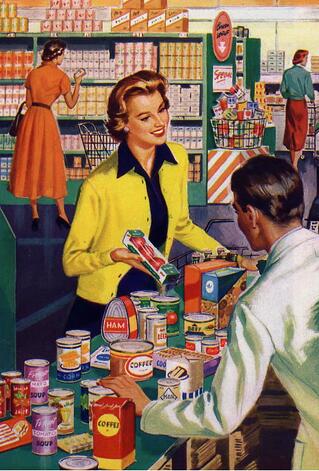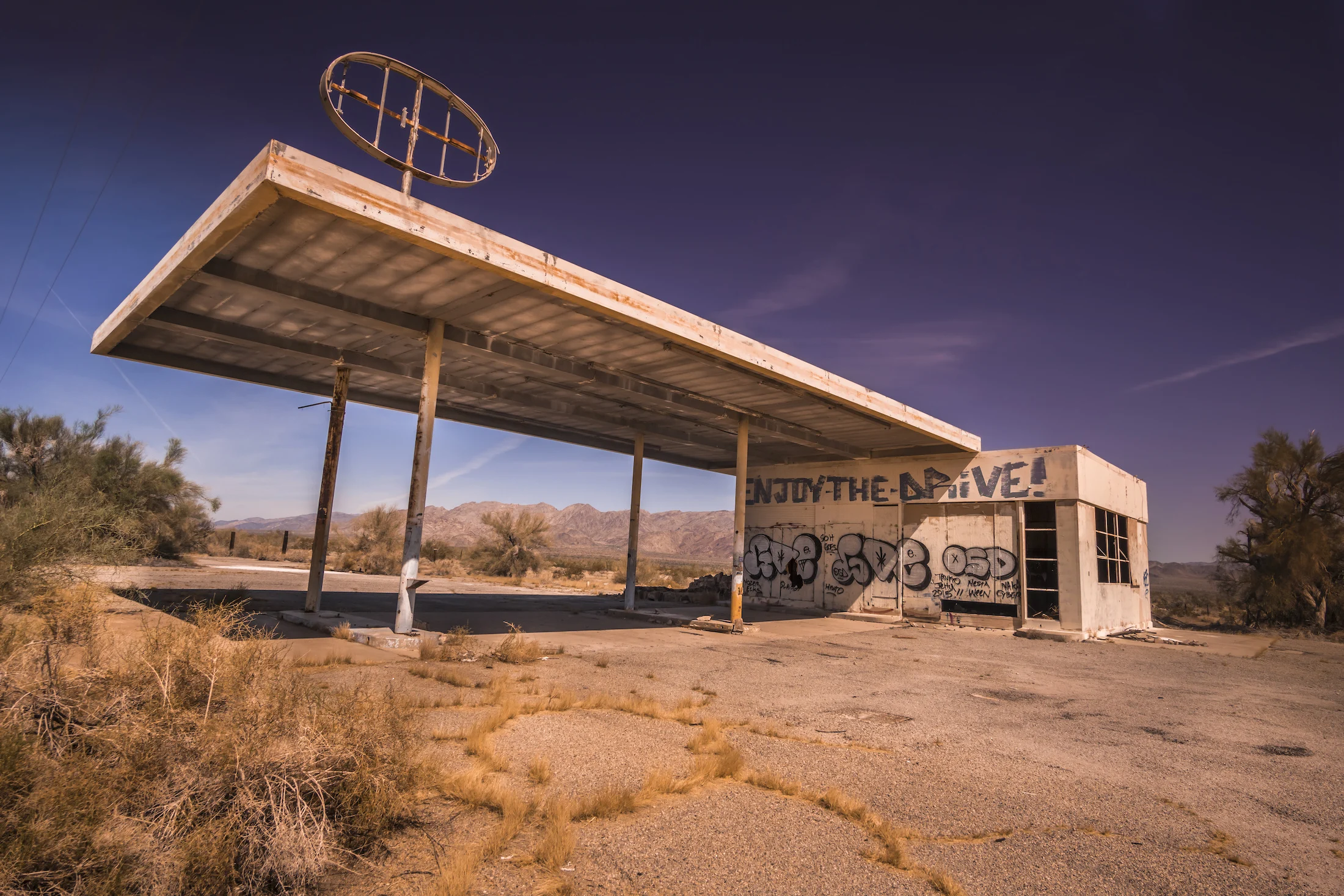Category management, or at least the form in which we see it today, has been developed quite recently. If we look at just 10-15 years ago, we find that convenience stores would have brands and companies vying for the best product placement and the best promotion spots, in order to generate sales and glean the best profits.
Despite the fairly recent development, the concept of category management is being challenged, with 100 percent of the respondents in a new survey by the Food Marketing Institute and Deloitte Consulting LLP, saying that some amount of change would not only be beneficial but is required to breathe new life into a currently stagnating situation.
Category Management and How it Transformed Convenience Store Management
In the past, when a company wished to have their product in the best spot in the convenience store or retail shop, they would have to resort to underhanded and often expensive tactics such as bribing the retail owners and treating them to dinners, sports events, and such.
With the advent of category management, instead of competing for the best spot, a collaborative effort was given preference, with the categories being managed equally, without preference of one product over the other. This resulted in massive savings on the part of brands, since they did not have to spend on expensive bribes for preferential treatment, and could instead spend on practical measures such as effective marketing and sales strategies. Convenience store management benefited in a way from the movement.
Today, the concept of category management has grown and improved to where it is based completely on the customer and how they shop. More on that below.

Improvements in Category Management as a Concept
If you take a look inside a modern convenience store, you are likely to find a single product type having multiple choices, each with a different price point. The more premium a product, the higher the price of said product, as well as the related products in the category.
For example, food products such as coffee will have several brands on the shelves. Among those brands, there will be several kinds of coffee, with the best (in other words, most expensive) also being accompanied by the best creamer and the best sugar, stocked somewhere nearby. This has provided a tremendous advantage on the part of brands, but only when they market their products efficiently, and have good category management systems in place.
In Conclusion: Do you Need Category Management?
In short, yes, but only if it is accompanied by effective and intelligent category managers who are able to put the needs of the customers first, and put into effect the category management policies accordingly. Since shoppers in this day and age have a plethora of shopping opportunities at their disposal, it is more important than ever to focus on the customer and market accordingly.
Store inventory management can prove to be quite advantageous for you, if you are using the right software, such as the one provided by CStore Essentials. Schedule a Free Demo of the software today to learn more about inventory management.
Using Item-Level Inventory Management in your store? Read about the importance of using a good software to manage your stock on the item level here.


